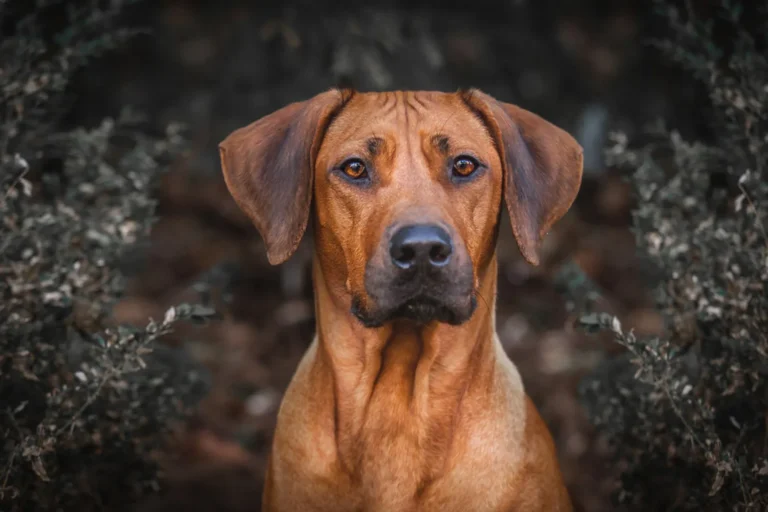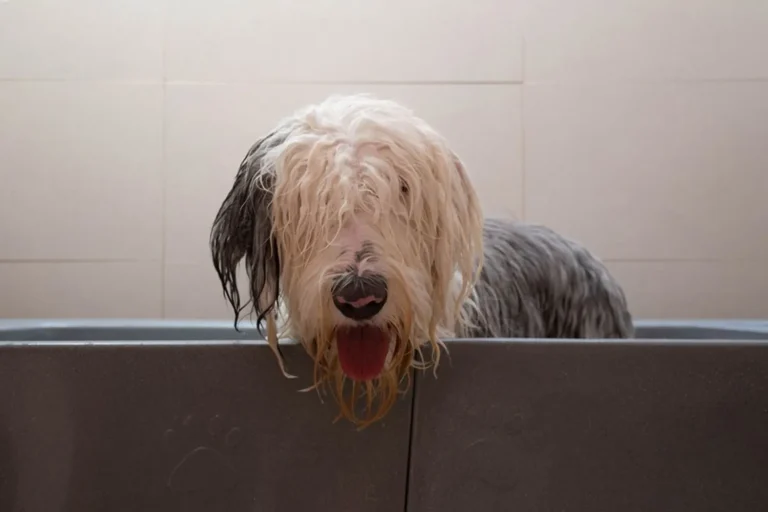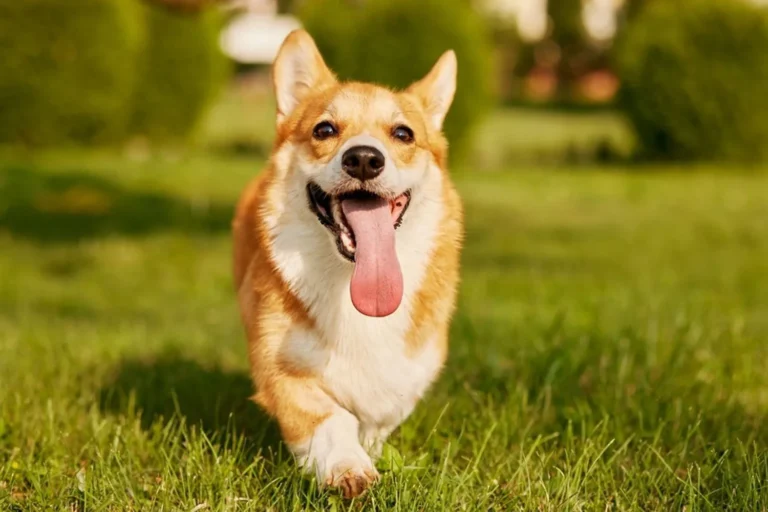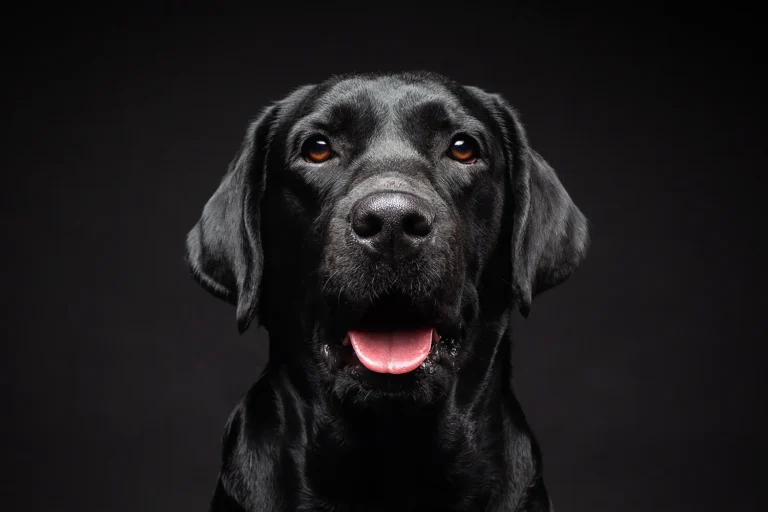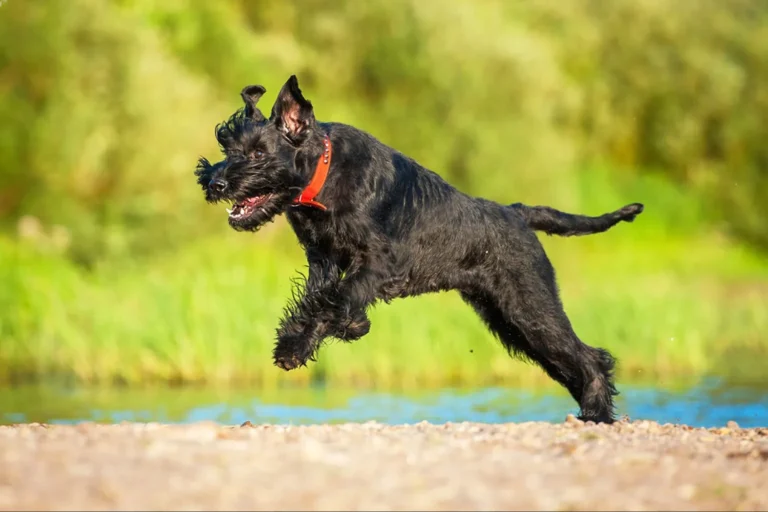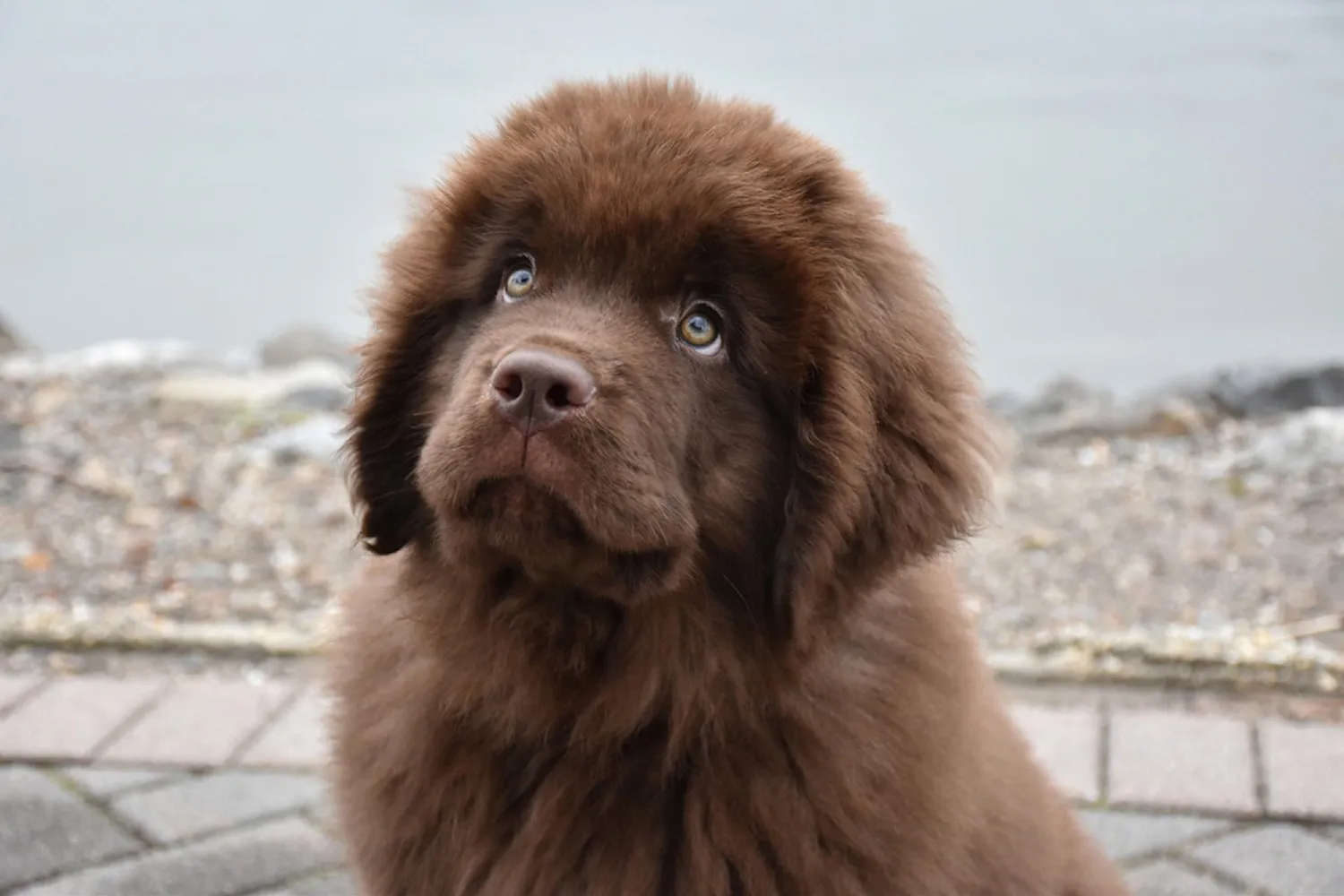
J. M. Barrie’s Peter Pan introduced us to Nana, one of the most beloved canine characters in modern fiction often imagined as a Newfoundland (though some folks debate the breed). And if you’ve got a fluffy Newfie pup at home, it’s only natural to wonder if yours will grow into that same calm, watchful presence.
From what I’ve seen, Newfoundlands can be wonderfully loyal and patient, but that gentle Nana vibe doesn’t appear overnight it’s a mix of temperament, training, and time. Early socialization is your best friend: let your pup meet kind kids, hear household sounds, and practice settling calmly. I reward quiet lying down moments like they’re gold. Teach children how to be respectful too no poking, no riding, lots of gentle pats. My friend’s Newfie, Maple, used to “check” on the kids during movie night, then plop down like a furry ottoman at their feet. Keep routines steady, add daily exercise and brain games, and expect a goofy adolescent phase before the saintly calm sets in. Supervise around little ones, keep a towel handy for the drool, and be consistent. With that combo, your Newfie will likely grow into a steady, loving guardian of the household your own version of Nana.
What Is the History and Origin of the Newfoundland?
Picture the rocky shores of Newfoundland and Labrador in Eastern Canada: fog rolling in, fishermen hauling heavy nets, and beside them a massive, good natured dog plunging into the icy water without a second thought. That’s where the Newfoundland story begins. The exact recipe is a little murky, but most signs point to local working dogs mixing with Pyrenean Mountain Dogs that European fishermen brought over in the 1800s. Out of that blend came a powerful water loving partner built for the harsh Atlantic big boned, steady, and ready to work.
These dogs weren’t pampered mascots. They helped haul nets and carts piled high with fresh catch, trudged through slush and spray, and swam out to assist when something or someone went overboard. Their bodies are practically handcrafted for the job: a thick, oily double coat that shrugs off cold water, and webbed feet that act like little paddles. The first time I ran my fingers through a Newfie’s coat after a lake swim, I understood that “oily” description my towel did, too. But that same coat meant he shook once and looked almost dry.
Newfoundlands share a kinship with other water dogs such as the Irish Water Spaniel and the Labrador Retriever. In fact, a related local dog known as the Lesser Newfoundland, or St. John’s Labrador, grew up in the same neighborhood and ultimately became the ancestor of our modern retrievers. And then there’s the Landseer closely related to the Newfoundland and instantly recognizable by that bold black and white coat. I met a Landseer at a lakeside picnic who spent the entire afternoon offering his ball to anyone willing to throw it. He didn’t care whose team you were on; if you had an arm, you were drafted.
What really sets Newfoundlands apart, beyond the horsepower, is their temperament. Generations of working side by side with people carved out a gentle, steady nature. I’ve seen a Newfie named Moose calmly pull a little red wagon with two giggling kids down a quiet street, then plod into the shade and nap like a giant teddy bear. That combination strength, confidence in water, and a soft heart turned them from pure workhorses into beloved family companions.
If you’re drawn to the breed’s history, you’ll love giving a Newfoundland “a job.” Many thrive with carting, drafting, or water rescue practice structured work that taps into their heritage. Just plan on towels by the door, regular grooming to manage that dense coat, and a sensible exercise routine to keep joints happy. A breeder I once chatted with in Nova Scotia laughed and said, “Own a Newf, own a mop.” She was right but the puddles and paw prints are a small price for a dog whose story is soaked in sea spray and loyalty.
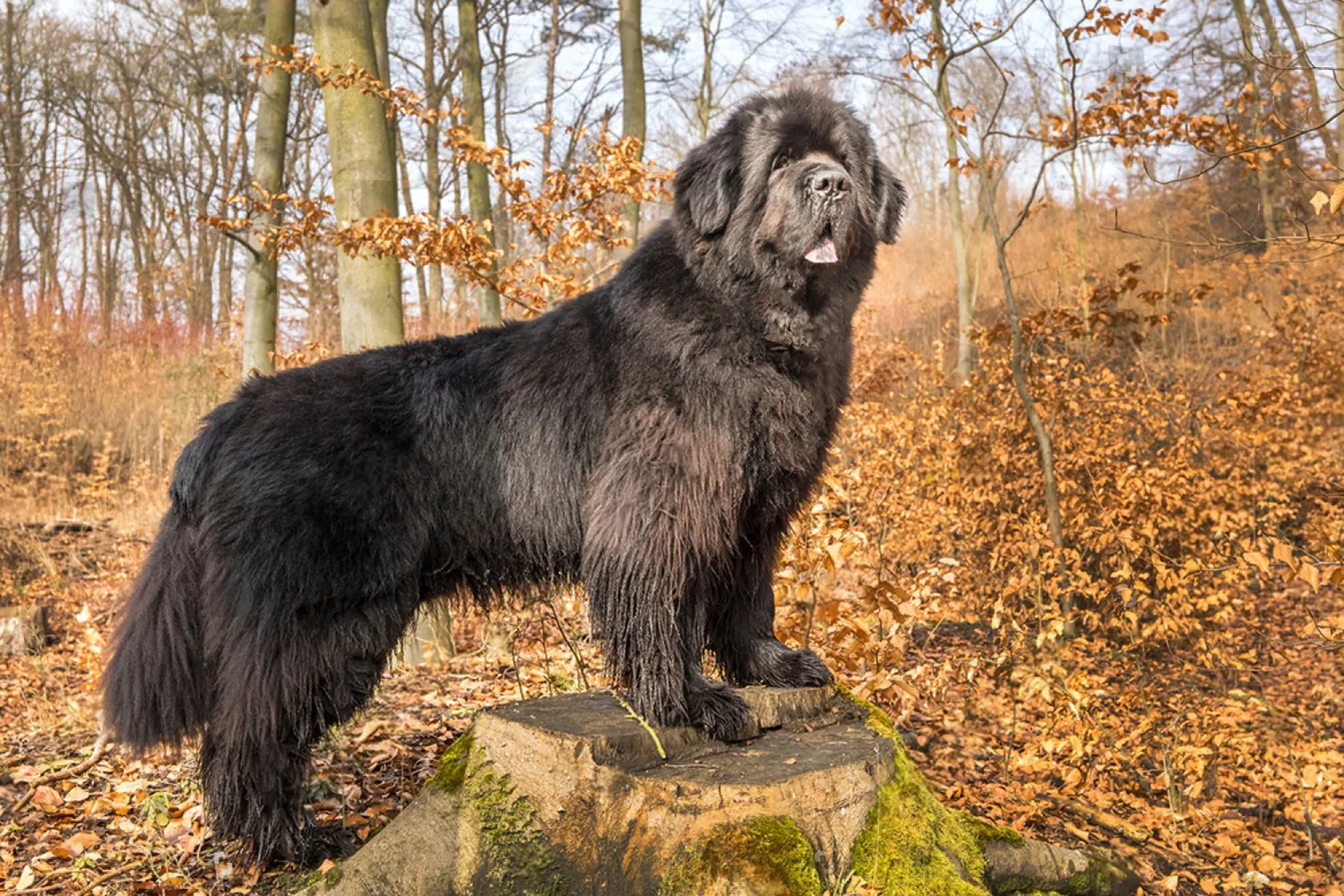
What Is the Newfoundland Dog Breed?
Affectionately known as Newfies, these big hearted water dogs got their start working alongside fishermen in Eastern Canada. They were bred to be powerhouse swimmers with the strength of a pack horse, hauling nets, pulling small boats, and even helping with water rescues. Everything about them says “built for the job” broad chest, strong hindquarters, and that trusty tail that works like a rudder. I still remember the first time I saw a friend’s Newfie tow a kayak back to shore. He paddled calmly, rope in his mouth, like he’d been doing it all his life. If there’s water around, a Newfie will usually find it and then find a way to help.
On paper, Newfoundlands can be listed a couple of different ways: in Australia they’re part of the Utility Group, while in the United States and several other countries they fall under the Working Group. Either label fits. These dogs are versatile workers with a gentle, thoughtful nature smart enough to learn a job, steady enough to do it, and sweet enough to be everyone’s favorite couch buddy after. Around the house they’re famously kind, especially with kids, and their easygoing temperament is a big reason people fall in love with them. They’re calm companions with a playful streak, and when that “zoomies” switch flips, watch out those are some joyful thunderclaps of paws.
Your Newfoundland puppy will grow into a large, gentle companion full of energy and surprising power. A full size Newfie can haul heavy fishing nets or even pull a cart piled high with the day’s catch. Because they grow quickly, I always suggest starting manners early loose leash walking and polite greetings save your toes later! Keep exercise sensible while they’re still developing, and give them “jobs” they enjoy, like swimming sessions or gentle draft work when they’re mature. Grooming wise, plan for regular brushing and a towel by the water bowl (Newfie drool is real, and it travels). If you’re ready for a loyal, water loving teammate who doubles as a cuddle champion, a Newfoundland might be your new best friend.
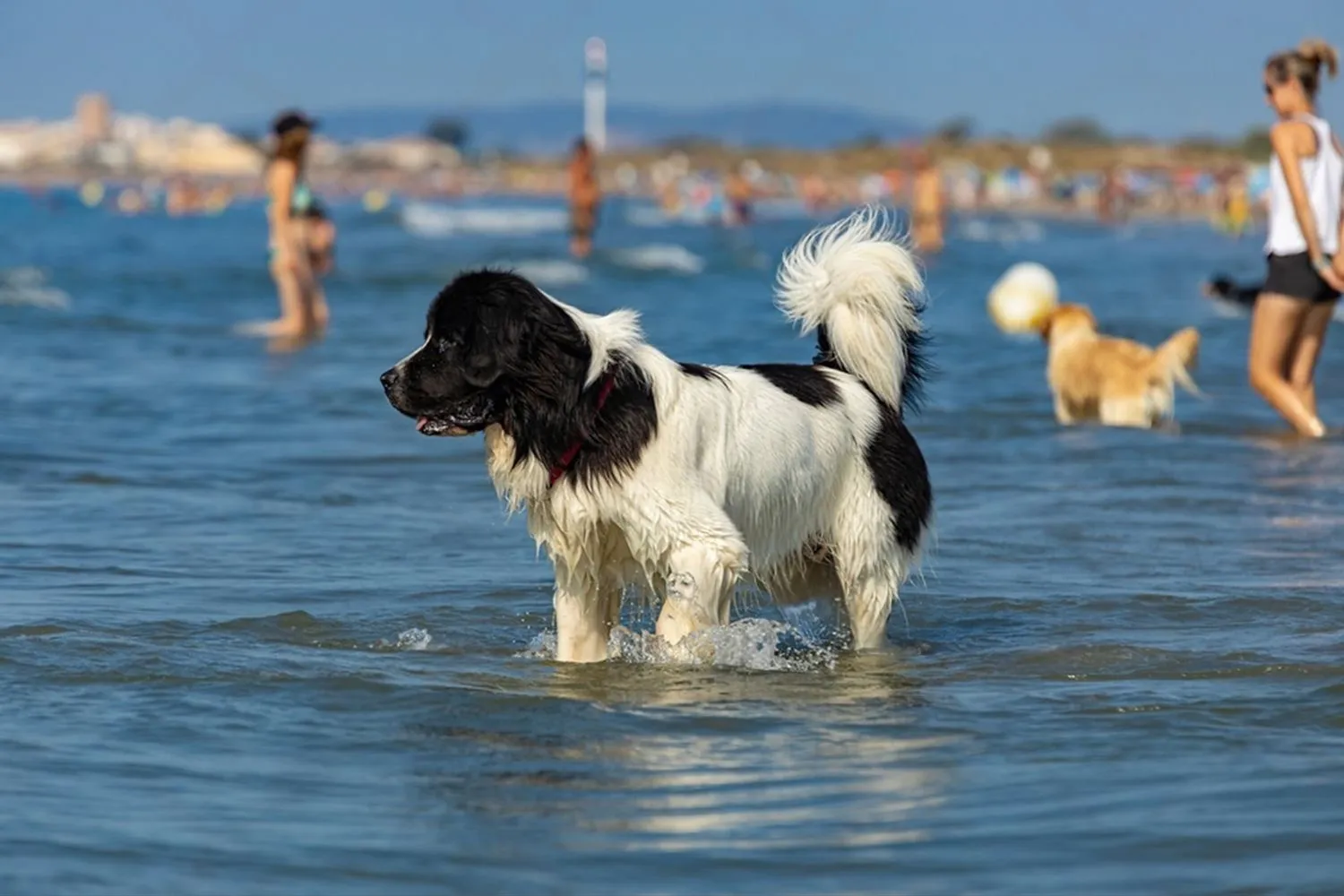
Who Is a Newfoundland Best For?
You don’t have to be a sailor or live on a boat to love life with a Newfie. I once met a Newfoundland at a lakeside picnic who spent 20 minutes joyfully towing a floatie to shore, then lumbered over and fell asleep with his head on my shoes. That’s the magic of this breed: equal parts adventure buddy and oversized teddy bear.
Newfoundlands are best for active, energetic individuals or families who can offer daily exercise and plenty of mental stimulation. They thrive with high energy activities especially anything involving water. Think weekend trips to a lake, dock practice, or even a kiddie pool in the backyard. On land, mix in brisk walks, gentle hikes to a stream, puzzle toys, and training games. They’ll happily cuddle on the couch afterward, but they need those daily outlets to stay content and healthy.
Temperament wise, Newfs are famously docile and playful, and they’re wonderfully well behaved with children despite their massive size. My neighbor’s Newfie used to slow his steps to match a toddler’s toddle, which melted everyone nearby. Still, big dog equals big momentum so teach polite leash manners early and supervise around small kids. Their tails are like feathery broomsticks and can clear a coffee table in one joyful swoop.
Be prepared for fur and drool that’s part of the charm. Keep a “drool towel” by the door, brush a few times a week (more during shedding seasons), and consider a sturdy vacuum. Space matters, too. These gentle giants need room to stretch, turn, and nap. Apartment living can work only if you’re dedicated to daily outings and regular swim time, but non slip rugs and a clutter free path are your best friends.
Because of their thick double coat and large size, hot climates can be tough. Plan exercise during cooler hours, lean into water workouts (which many Newfs find easier than land exercise), and offer shade, AC, and plenty of fresh water. A cooling mat is worth its weight in gold.
If you have the time, energy, and space and you don’t mind a few drool strings on your pant leg a Newfoundland can be your softest, splashiest shadow.
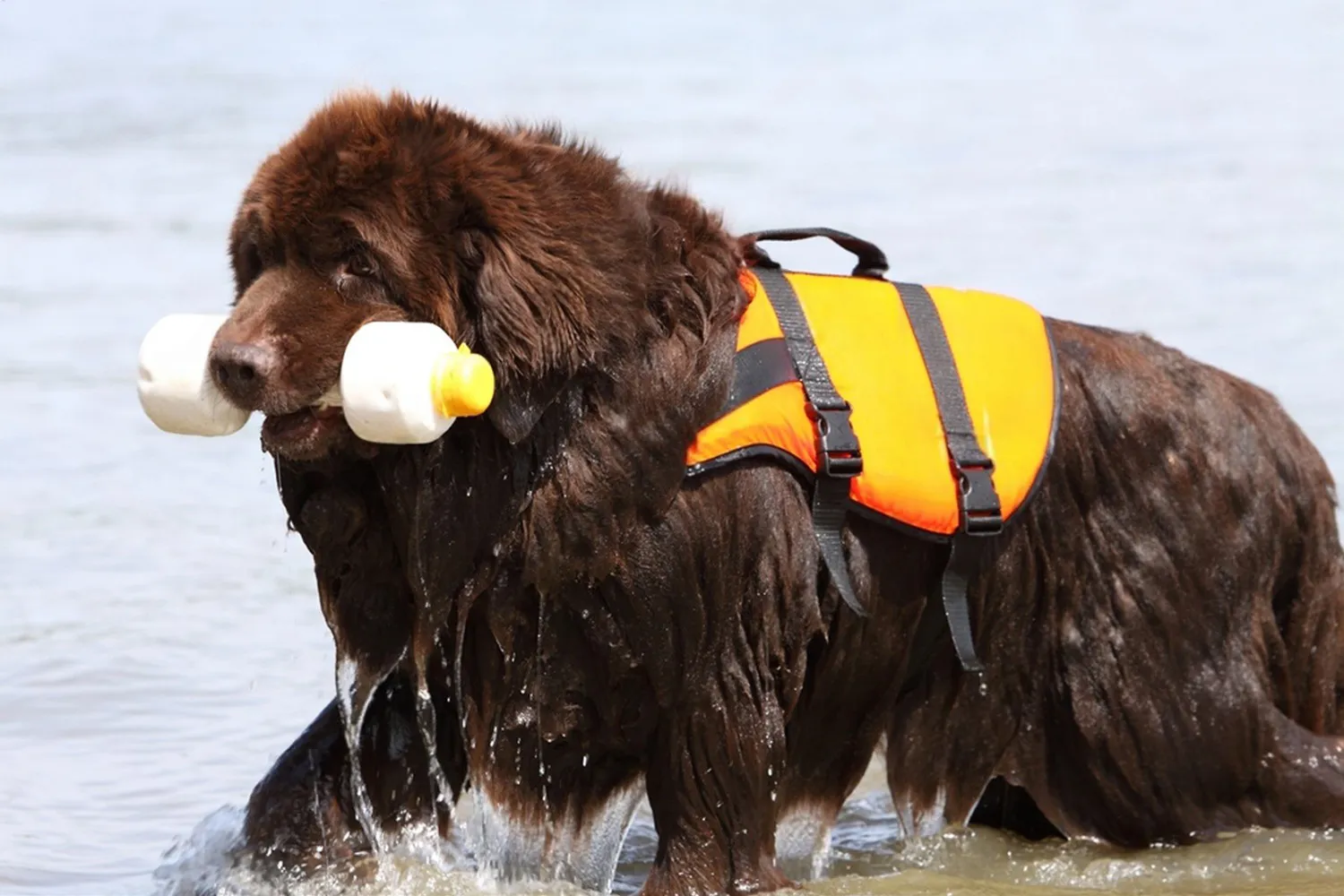
Newfoundland Grooming and Shedding Guide
Owning a Newfoundland means sharing your life with a walking, drooling teddy bear who thinks puddles were invented for them. That glorious, oily, water resistant double coat is part of their charm and it’s also why grooming takes a bit of time and know how. It’s worth every minute. My first Newf, a big hearted boy named Moose, used to fall asleep during brush outs, snoring like a small engine while I worked through his coat. Grooming became our weekly ritual, and honestly, it kept the house cleaner and him more comfortable.
A quick note on the coat: Newfoundlands have a thick, protective outer layer and a dense undercoat. You’ll want to keep that structure intact. Plan on brushing at least once a week year round, and gear up for extra sessions in spring and fall when they “blow” their coat and tufts of fluff float through the house like tiny tumbleweeds. I keep a basket by the door with brushes and towels Newf owners understand why.
Brushing:
– Use a pin brush or a long tooth undercoat rake designed for long haired breeds. Work in sections, from the skin out, and be gentle if you find a snag. A little spritz of dog safe detangling spray can help.
– Don’t forget the “hot zones”: behind the ears, armpits, belly, tail plume, and those fluffy pantaloons on the hind legs. Those are mat magnets.
– Finish with a wide tooth comb to catch anything you missed. If the comb glides through, you’ve done well.
De shedding:
– During heavy shedding seasons, bump your brushing to a few quick sessions a week. An undercoat rake or de shedding tool helps release the loose undercoat.
– I like to do a five minute brush on the porch each evening during peak shed. It’s amazing how much fur you can catch before it hits your floors.
Bathing:
– Bathe every six to eight weeks, or sooner if your Newf finds something wonderfully gross to roll in. Always use a gentle, dog specific shampoo.
– Wet the coat thoroughly (it takes a minute to get through that Newf waterproofing), lather, and rinse until the water runs completely clear. Shampoo residue can cause itchiness.
– Dry them well. Towel drying is a start, but a cool or warm (not hot) dog dryer helps prevent damp spots and skin irritation. I learned the hard way that leaving moisture deep in the coat can lead to hot spots, especially in warm weather.
Conditioning:
– A dog formulated conditioner keeps the coat soft and manageable. Rinse well. A light leave in spray detangler can help prevent tangles between bath days.
Ear cleaning:
– Check ears weekly. Wipe with a vet approved ear cleaner and a cotton ball never stick anything down the ear canal.
– After swims or baths, dry the ears gently. Newfs are water babies, and moisture can mean ear infections if you’re not vigilant.
Nail trimming:
– Trim nails regularly with dog nail clippers or a grinder. If you’re unsure, ask your vet or groomer to show you. Keep styptic powder on hand just in case.
– Short, frequent trims are less stressful than waiting until the nails click on the floor.
Teeth cleaning:
– Brush teeth several times a week with dog toothpaste. Dental chews and regular vet dental checks are a big help, too. Moose adored minty paste go figure.
Trimming feet and “neatening”:
– Trim the hair between paw pads and tidy the “slippers” around the feet so they don’t track half the yard inside.
– Keep the hair neat around the ears, under the tail, and the hindquarters for hygiene. Use blunt tipped scissors and go slowly.
Avoid shaving:
– Don’t shave a double coat. It can change the texture permanently and remove natural protection from sun and weather. Stick to undercoat removal and light tidying.
Health check while you groom:
– As you work, check for redness, hot spots, lumps, flaky patches, fleas or ticks, and any sore areas. Pay attention to the collar line and between the toes. Early detection saves headaches.
Getting them used to grooming:
– Start in puppyhood with short, happy sessions. A non slip mat, calm voice, and a few high value treats go a long way. I sometimes spread a little peanut butter on a lick mat during nail trims; it turned a wrestling match into a spa day.
Professional help:
– Many Newf owners use a pro groomer every 6-8 weeks for a thorough bath, blow dry, brush out, and tidy. Ask for someone experienced with double coats and be clear you don’t want shaving. At home, keep up weekly maintenance to prevent mats between appointments.
Shedding survival tips:
– Brush outdoors when you can. Invest in a good vacuum with a HEPA filter, a lint roller for your car, and washable throws for the couch. I keep a “fur emergency” kit by the door for surprise visits.
Grooming a Newfoundland is part art, part routine, and a lot of bonding. Take your time, keep it positive, and you’ll have a clean, comfortable companion who trots out of each session looking like a glossy bear and ready to find the nearest puddle again.
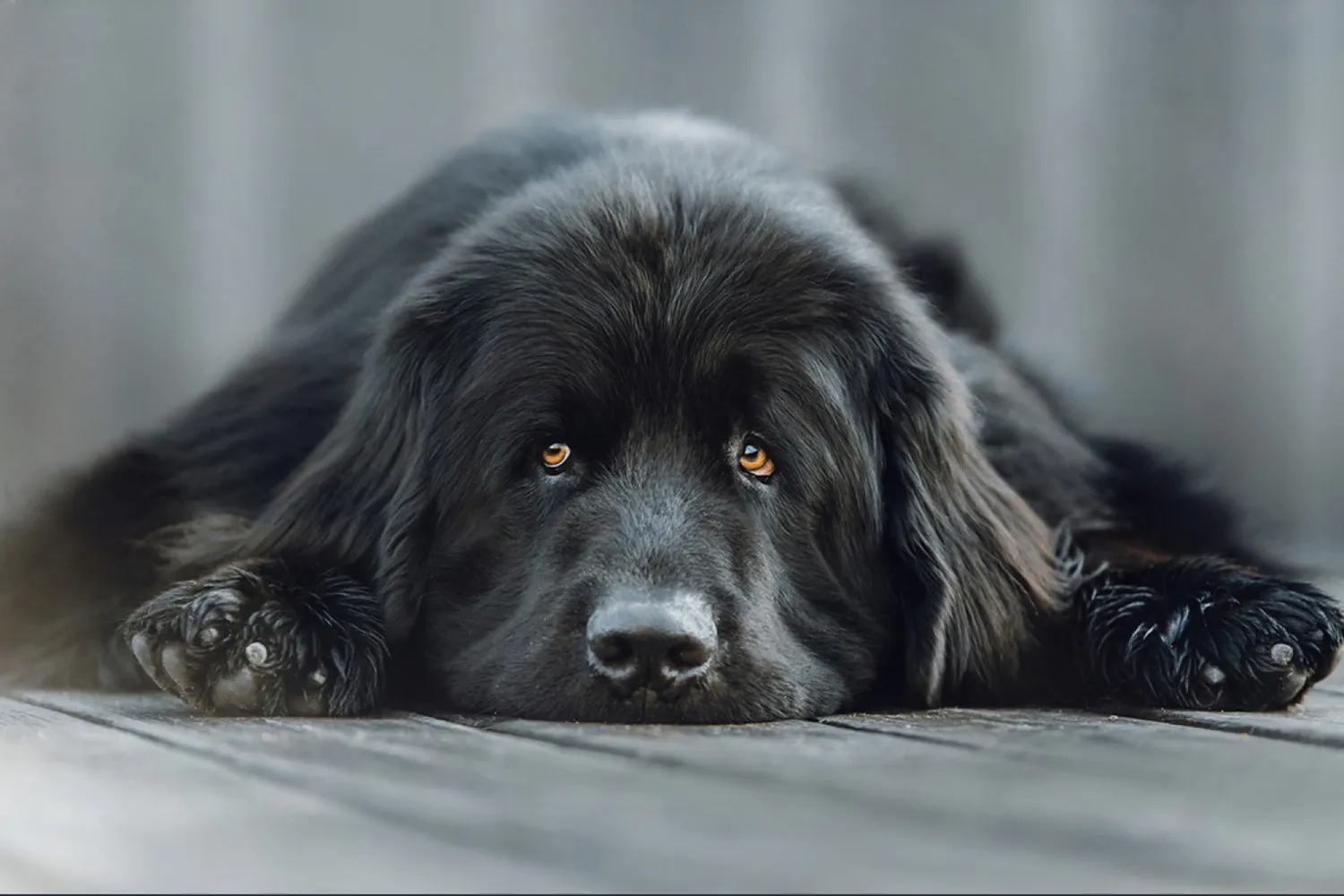
Do Newfoundlands Bark a Lot?
Short answer: not usually. Most Newfoundlands are gentle giants who tend to save their voices for when it really matters. They’ll bark to communicate like any other dog, but they aren’t the type to yap at every passing leaf. My old Newfie, Harbor, would snooze through the mail carrier, but if someone lingered at the gate, he’d let out two deep, thunderous woofs and then go right back to his nap. That bark is no joke rich, low, and loud enough to make you sit up straight. It makes them excellent “living doorbells” when there’s a real reason to be on alert.
That said, context is everything. Newfies will speak up if they’re excited during play, if a stranger approaches the house, or if something seems off in their territory. Some even “talk” with grumbles and huffs rather than full on barking. If you’re worried about noise, a little training goes a long way. I like to teach “quiet” after a couple of warning barks: let them alert, say “quiet,” then reward the calm. Plenty of exercise and mental stimulation helps too bored Newfies can get chatty. If your pup likes to patrol the window, close the blinds during busy hours or give them a comfy spot away from street sights. And remember, every dog is an individual; adolescents may vocalize more and then mellow with age. If your normally calm Newfie starts barking out of the blue, check for changes new noises, critters in the yard, or even a health issue. Overall, expect a mostly peaceful companion with a powerful bark saved for important announcements.
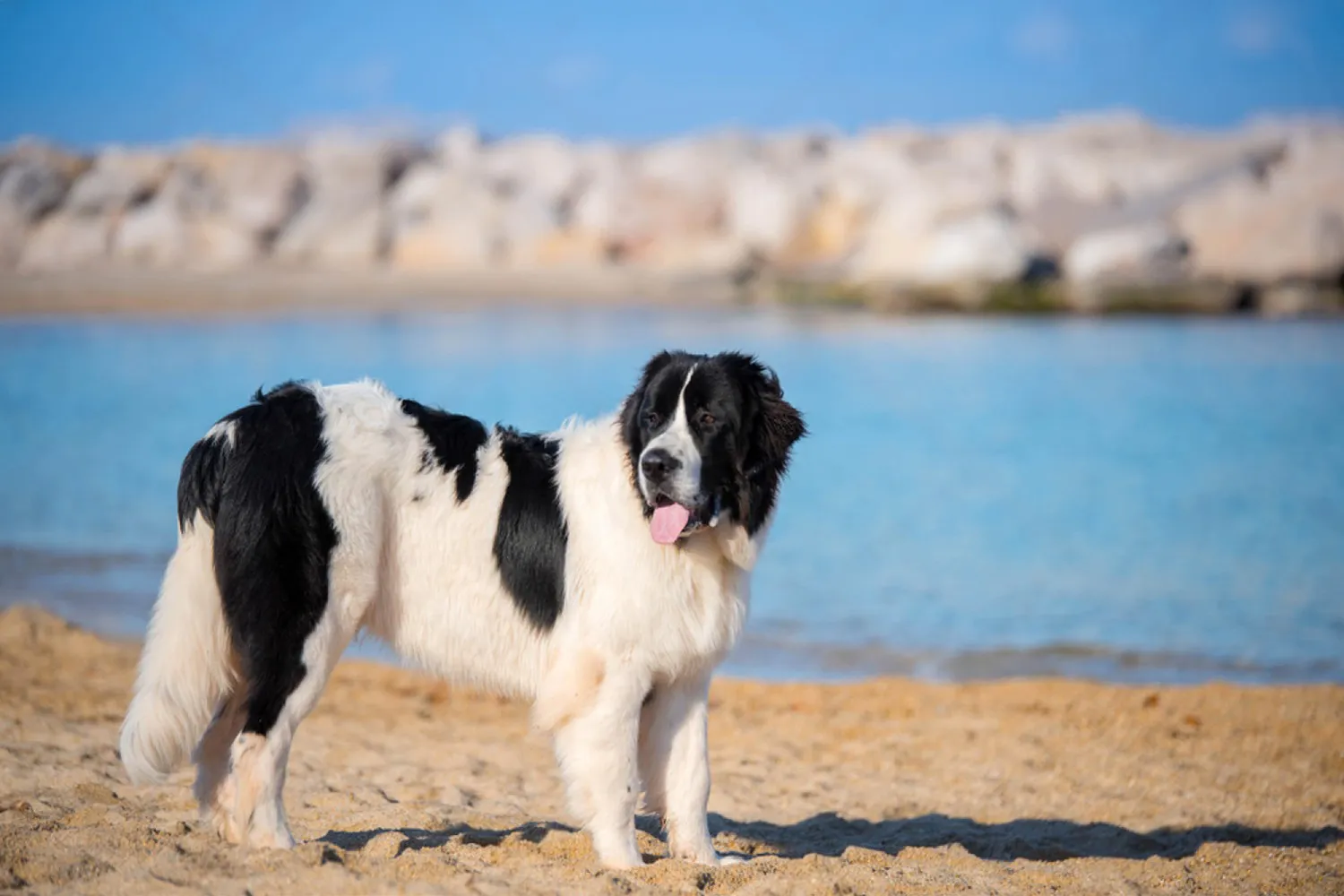
Average Height and Weight of a Newfoundland Dog
Newfoundlands are gentle giants, and up close they look like walking teddy bears with paws the size of oven mitts. For height, you’ll typically see adult females standing about 63 to 69 cm at the shoulders (roughly 25 to 27 inches), while males are a touch taller at 69 to 74 cm (about 27 to 29 inches). Weight wise, healthy adult females usually land between 50 and 54.5 kg (110 to 120 lb), and males between 64 and 69 kg (141 to 152 lb). My friend’s Newfie, Moose, hits the top of the height range and still insists he’s a lap dog trust me, your thighs will disagree.
Keeping a Newf within that healthy range makes a world of difference for their bones and joints. They carry a lot of mass, so even a few extra kilos add strain. I like the quick “rib check”: you should feel ribs with light pressure but not see them sharply. Just remember their thick coats can fool your eyes; the scale is your friend. I weigh mine monthly at the vet or I do the bathroom scale trick (me, then me holding the dog). For measuring height, have your Newf stand square on a level floor and measure to the withers the highest point of the shoulder.
Low impact exercise helps keep them fit without pounding the joints. Swimming is perfect most Newfs take to water like they were born in it. Keep meals measured, avoid free feeding, and if your dog is creeping over their ideal, ease portions back slightly and add a bit more gentle activity. Little adjustments now will keep that big, beautiful body moving comfortably for years.
https://en.wikipedia.org/wiki/Newfoundland_dog
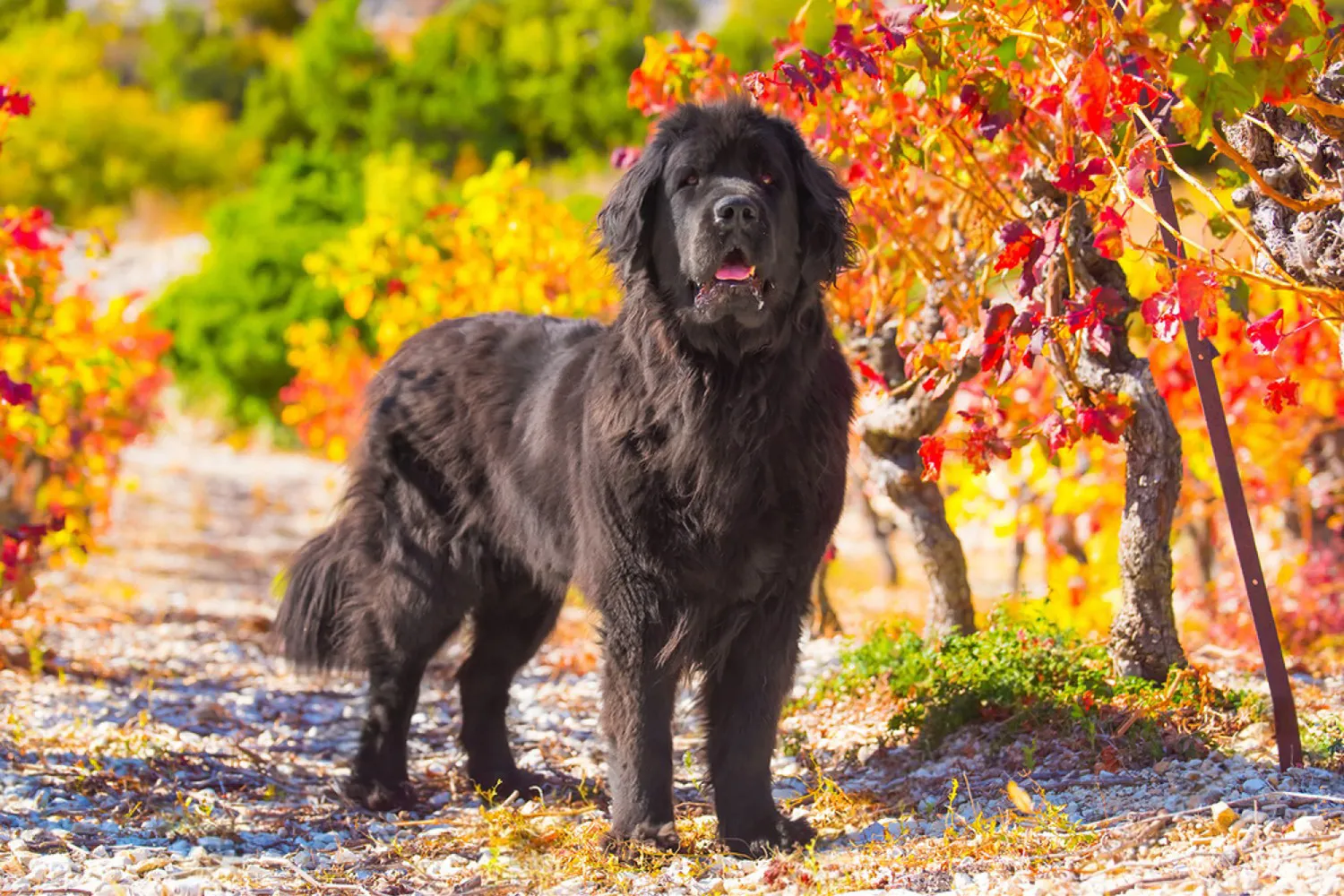
Are Newfoundlands Easy to Train?
Newfies are those big hearted, gentle giants who love to be involved in whatever you’re doing. They’re energetic and active, and their intelligence and willingness to please make them quite responsive to training. That said, they do have a thoughtful, sometimes stubborn streak. My Newf would pause, tilt his head, and seem to weigh the pros and cons before sitting like he was negotiating. I learned to meet that moment with patience and a smile instead of pushing. When you keep things positive and clear, they come right along.
Start early with short, upbeat sessions and tasty rewards. Newfoundlands respond best to kindness and consistency, not drilling. I aim for a few five to ten minute lessons sprinkled through the day sit, down, stay, recall, and polite leash walking. Many Newfs go on to shine in obedience and especially water work. One summer, I put a life vest on my Newf and introduced a floating bumper; within weeks she was confidently retrieving in calm water and living her best lifeguard dream. Their calm, compassionate nature also makes them wonderful therapy and assistance dogs. A friend of mine brings her Newf to a kids’ reading program he settles like a living beanbag and the room just relaxes.
As for daily needs, plan for at least 30 minutes of play or a walk. Splitting that into two gentler outings works well, and don’t forget mental exercise: nose games, puzzle feeders, and practicing cues in new places really tire out that big brain. Keep in mind that, like many large breeds, Newf puppies take several years to fully mature. While your pup is growing, avoid intense activities that could strain developing bones and joints no long runs, stair sprints, or big jumps. Stick to soft surface play, controlled walks, and gentle swims in safe conditions once your vet gives the go ahead.
With patience, structure, and a sense of humor, you can absolutely teach a Newfie to be a polite, reliable companion and maybe even a superstar in the water. Set clear routines, reward generously, and keep a towel handy for the drool. They’ll repay you with devotion and a whole lot of heart.
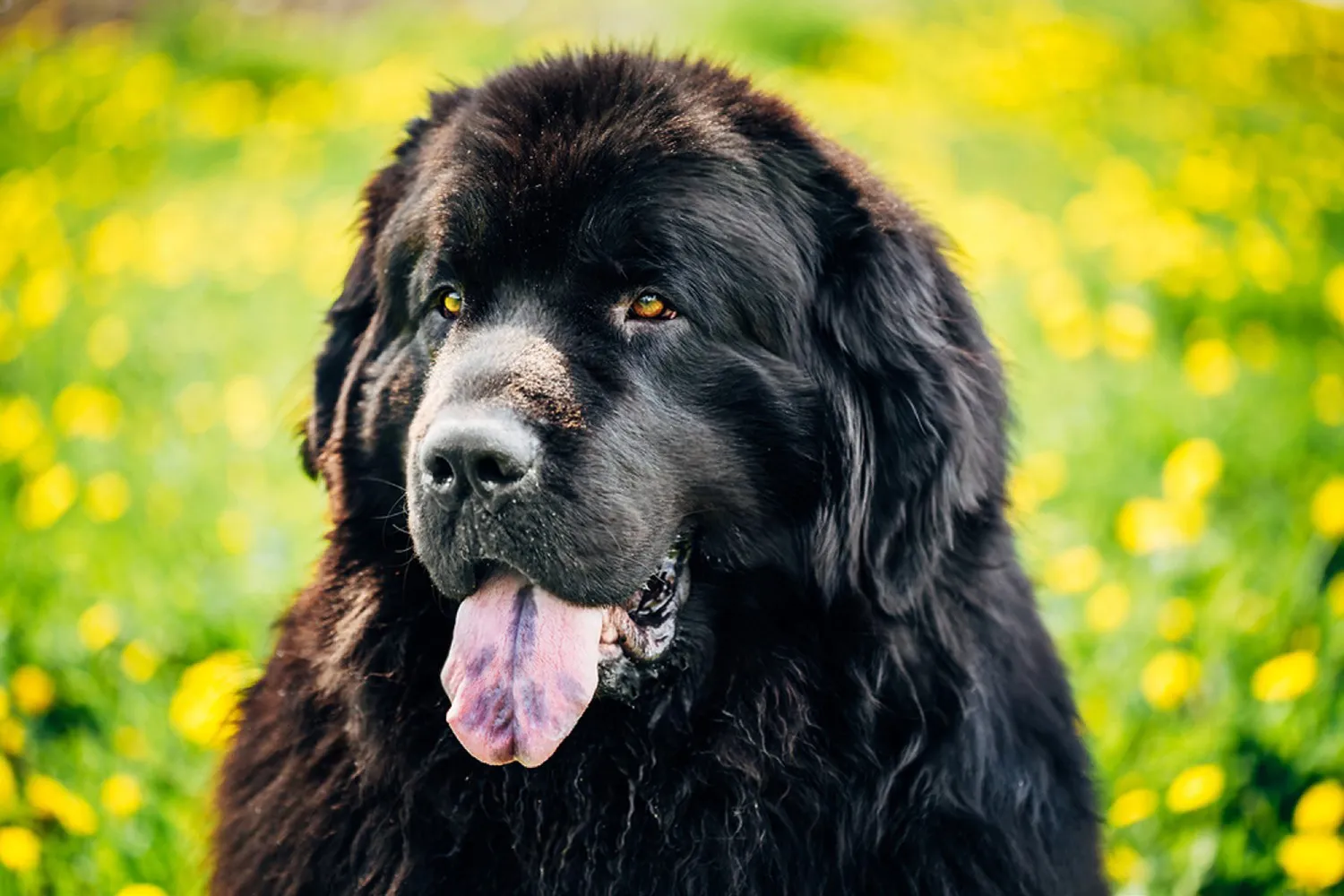
How Do Newfoundlands Behave? A Look at Their Temperament and Personality
If I had to sum up a Newfoundland in three words, I’d say gentle, patient, and sweet. These big, bear like dogs seem to read the room better than most people. I remember sitting on the porch after a tough day and my neighbor’s Newf, Maple, quietly shuffled over and leaned her whole weight against my leg like a living weighted blanket. That’s a classic Newf move: empathetic, comforting, and always tuned in to their people.
They’re loyal and protective without going overboard. A Newf will usually position themselves between you and whatever they’re unsure about, giving a deep, dignified “woof” rather than flying off the handle. A delivery driver once told me he never worries about Newfoundlands “They look like a bouncer but act like a concierge,” he joked. Early socialization helps, but their default setting is steady and kind.
Around kids, they’re famously wonderful but remember that wonderful can also be… large. Newfs can get excited and accidentally bowl through a toddler with a happy tail or an enthusiastic hip bump. I always teach cues like “gentle,” “easy,” and “back up,” and I set clear play rules. Supervise, supervise, supervise no matter how sweet they are, we’re not in Peter Pan and Nana isn’t actually on babysitting duty.
Training a Newf is all about warmth and consistency. They’re sensitive souls, so harsh corrections can shut them down. Praise, treats, and a calm voice work wonders. Give them a comfy spot to settle so they’re not sprawled across the hallway like a furry speed bump. And don’t be surprised if they try to “rescue” you at the lake; that water loving instinct runs deep. If you’re looking for a huge heart in a huge body, this is your dog.
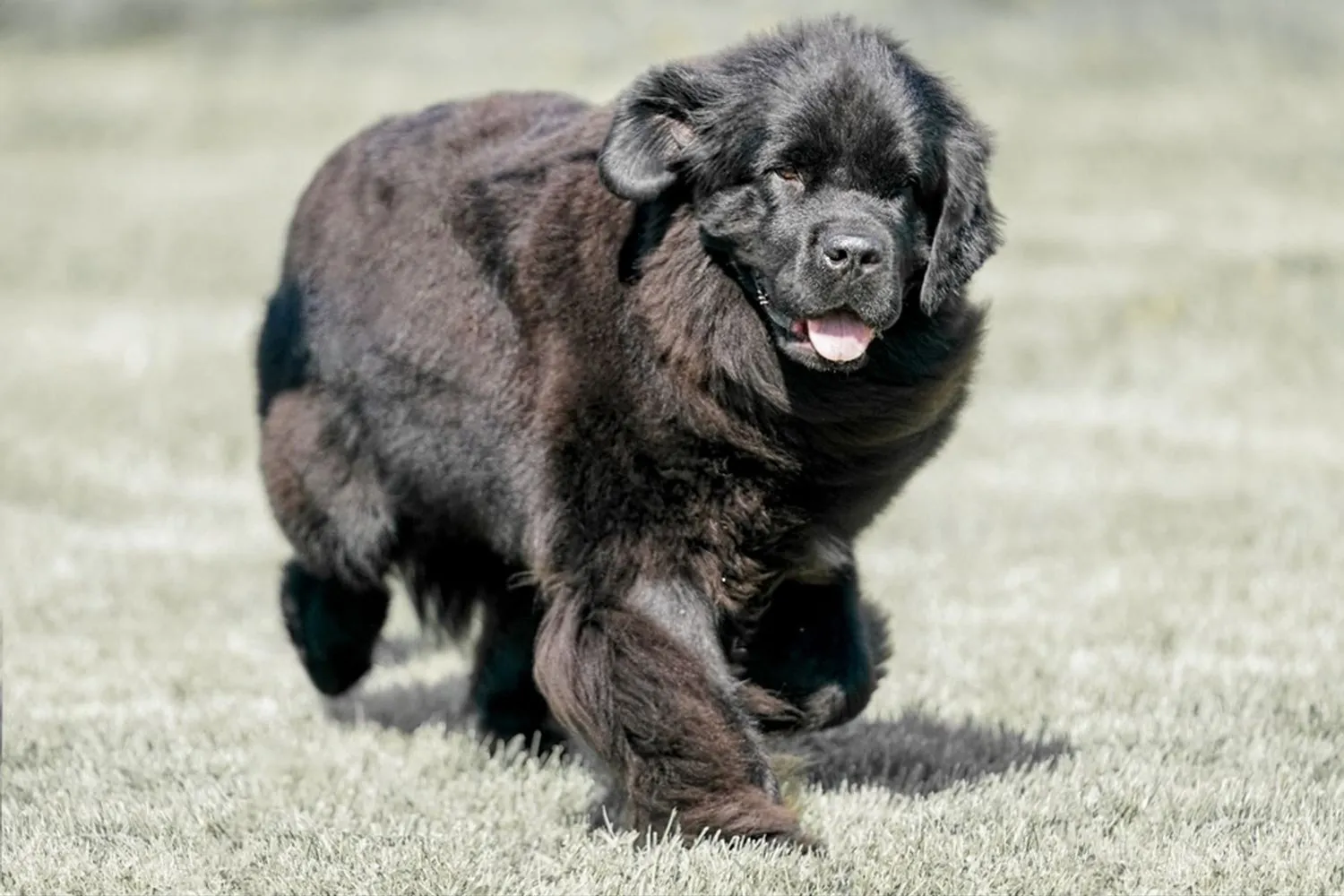
Do Newfoundlands have common health issues?
Big hearts often come in big bodies, and with Newfoundlands that means a little extra attention to their health. The good news: with thoughtful breeding, smart daily care, and a solid relationship with your vet, most Newfies live happy, lumbering, cuddly lives. If you’re going through a breeder, ask about health screenings hips, elbows, heart evaluations, and genetic tests. It’s perfectly normal to request documentation. I remember meeting a breeder who happily pulled out her folder of results like a proud parent showing off a report card that’s the energy you want.
Because of their size, Newfies can be prone to orthopedic issues. Joint strain happens easily on giant frames. Keeping your dog lean, building muscle with gentle, consistent exercise, and using non slip rugs can make a world of difference. My neighbor’s Newfie, Moose, started favoring a back leg as a youngster; hydrotherapy and controlled walks helped him move like a marshmallow on springs again.
Hip dysplasia is a hereditary condition where the hip joint doesn’t fit together smoothly. You might notice limping, a bunny hop gait, or reluctance to jump into the car. Elbow dysplasia can show up as front leg lameness or stiffness after resting. Depending on severity, your vet might suggest weight management, pain relief, joint support supplements, physical therapy, or surgery. I swear by slow, steady walks and an orthopedic bed my big guys sleep like royalty and wake up less stiff.
Cardiac conditions are another consideration. Newfoundlands can be susceptible to Subvalvular Aortic Stenosis (SAS) and Dilated Cardiomyopathy (DCM). Signs can be subtle slowing down on walks, labored breathing, or seeming tired after light play. A thorough veterinary exam (and sometimes an echocardiogram) can catch issues early. One of my Newfs had a faint heart murmur as a pup, and regular check-ins kept us ahead of any trouble.
Gastric Dilatation Volvulus (GDV or bloat) is the emergency every giant breed owner should know about. The stomach fills with gas and can twist, and time matters. Preventive habits help: feed smaller, more frequent meals, use a slow feeder if your dog gulps, and avoid vigorous exercise right after eating. Talk to your vet about a preventive gastropexy (a surgery that tacks the stomach) if your Newf is already going under anesthesia for another procedure. A friend once recognized the early signs restlessness and unproductive retching and got her dog to the ER in time; that quick action saved his life.
Cystinuria is another hereditary issue in the breed that can lead to painful urinary stones. Breeders can screen for it with a DNA test. At home, watch for straining to urinate, frequent attempts, or any signs of discomfort. Your vet may recommend special diets and close monitoring.
Overall, regular vet care, a balanced large breed diet, controlled growth in puppyhood, and appropriate exercise go a long way. Keep nails trimmed, use ramps instead of stairs when you can, and keep their weight healthy extra pounds are tough on joints and hearts.
If you ever suspect bloat, go to the vet immediately. Symptoms to watch for include:
– anxiety or restlessness
– signs of discomfort
– drooling
– a distended abdomen
– nonproductive retching (trying to vomit but nothing comes up)
When in doubt, call your vet. With a bit of planning and a lot of love, these gentle giants pay you back in drooly kisses and loyal companionship for years.
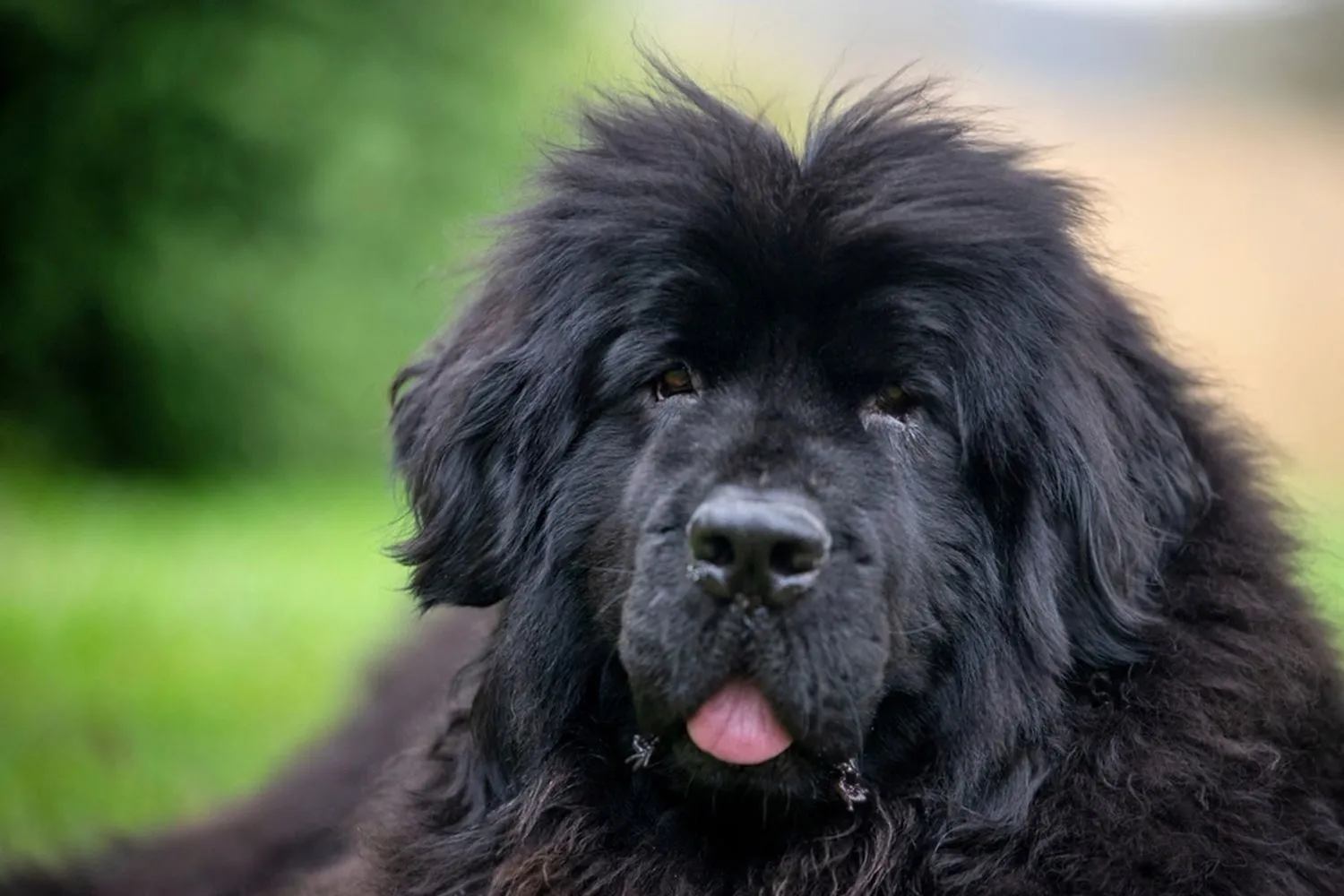
What is the lifespan of a Newfoundland?
Most Newfoundlands share our couches and hearts for about 8 to 12 years. That range is pretty typical for big, gentle giants, though I’ve known a couple who happily lumbered into their teens thanks to thoughtful care and a little luck. Large breeds do age faster than the little guys, and Newfies can be prone to things like joint issues and heart concerns, so a bit of proactive care really pays off.
What’s helped mine most is keeping them lean and steady. Extra pounds are hard on those big frames. I switched to measured meals and used a slow feeder bowl, and I swear it added spring to my boy’s step. Exercise should be regular but low impact Newfoundlands were born to swim, and a few calm laps can be magic for their joints. We did early morning pond swims in summer and long, unhurried walks the rest of the year. Nothing flashy, just consistency.
Vet care is your quiet superpower. Annual checkups when they’re young and twice yearly visits as they hit their senior years can catch little issues before they become big ones. I asked for periodic heart screenings and joint evaluations; it gave me peace of mind. A healthy diet, good dental care, and a tidy coat matter too weekly brushing not only cuts down on tumbleweeds, it lets you spot lumps, skin irritation, or sore spots early. And don’t forget their hearts in the emotional sense: Newfies thrive on calm routines, gentle training, and plenty of family time. With that mix of love and practical care, you give your Newfoundland the best chance to reach the high end of that 8-12 year window and maybe surprise you with a few bonus birthdays.
How Much Should a Newfoundland Eat?
Big dogs come with big appetites, but the art with a Newfoundland is feeding enough to keep that mighty frame strong without overloading growing bones and joints. The best place to start is with your veterinarian or a canine nutritionist they’ll help you choose the right food and portion sizes for your pup’s age, activity level, and body condition. I always remind new Newf parents that “more” isn’t automatically “better.” Slow, steady growth and a healthy adult weight are the goals.
When you’re shopping, look for foods that carry WSAVA guidance and the AAFCO statement that the diet is complete and balanced. If you’ve got a growing Newf pup, choose a large or giant breed puppy formula specifically. Those are designed to support controlled growth and the right calcium to phosphorus balance. My neighbor’s Newf, Bear, thrived once we started measuring his meals with a kitchen scale and stuck to a large breed puppy plan no more guesswork, just smooth, sensible growth and plenty of happy zoomies.
As for how to feed, split meals into two or three servings a day rather than free feeding. Start with the brand’s feeding guide, then adjust based on how your dog looks and feels you should be able to feel ribs under a light layer of padding, and there should be a visible waist. Newfs can be enthusiastic gulpers, so a slow feeder bowl can help. I also like to give a little pause before and after big meals before any vigorous play, just to keep tummies settled, and I always keep fresh water available.
Because Newfoundlands are prone to heart disease, it’s especially important to avoid grain free diets that have been linked to dilated cardiomyopathy in dogs. If you’re currently on a grain free food, chat with your vet about a safe transition plan. Speaking of extras, keep treats to about 10% of daily calories. Use tiny training treats, bits of your dog’s regular kibble, or lower calorie options like carrot coins or green beans. And learn from Monty’s humans once they started “sharing” chips and pizza crusts, their sweet Newf discovered the couch and refused to budge for walks. Human junk food is a fast track to a couch potato; your bestie will be just as thrilled with something simple and dog safe.
Newfoundland FAQs: Real Life Tips and Answers
Can Newfoundland dogs live in hot weather?
They can, but you’ve got to be thoughtful about it. My Newfie handles our scorching Aussie summers by living the early bird life: sunrise walks, then plenty of lounging in the shade. Keep cool, fresh water available at all times bonus points for a kiddie pool or a shallow trough they can wade in. Their thick, double coat and big body mean they can overheat quickly, so avoid the midday sun and save any real exercise for dawn or dusk. I also love cooling mats and frozen “broth cubes” as treats. Watch for signs of heat stress: heavy panting, drooling more than usual, bright red gums, wobbliness, vomiting, or sudden lethargy. If you see those, move them to shade, offer cool (not ice cold) water, and ring your vet. One more tip: resist shaving that coat. It acts like insulation against heat and sunburn regular grooming and undercoat maintenance work much better.
Can Newfoundland dogs be left alone?
Newfies are social butterflies in bear suits, so long solo stretches aren’t their jam. They need company and things to do. I like to build up alone time slowly: start with short absences, leave a safe chew or puzzle toy, and make exits and returns calm. A midday dog walker or a trusted neighbor who can pop in helps a lot. Doggie daycare once or twice a week can be a lifesaver for busy households. I also use a simple pet cam seeing that big fluffball snoozing peacefully makes me feel better. If you notice pacing, whining, or destruction, it might be separation anxiety chat with your vet or a trainer early rather than later.
How much exercise and socialization do they need?
Once fully grown, Newfies enjoy plenty of robust exercise and brain work. They’re natural swimmers, so a long, steady swim beats a sprint any day. For puppies, go easy on joints short, gentle walks and lots of naps, saving high impact activities until your vet gives the all clear. Mental enrichment is gold: scent games, food puzzles, obedience practice, and even drafting (cart pulling) if you’ve got the space. Early socialization is essential new people, calm dogs, different surfaces and sounds. I used to bring mine to the local café just to watch the world go by and nibble on a training treat or two.
What is the difference between a Landseer and a Newfoundland?
They’re closely related, and you’ll often hear people call the Landseer a color variety of the Newfoundland. The most obvious difference is the coat: Landseers are black and white, while Newfoundlands are commonly black, brown, or gray (and sometimes black and white too). Whether the Landseer is considered a separate breed depends on the country and kennel club. Temperament and care are very similar gentle, big hearted water lovers either way. Fair warning: people will stop you on walks to ask if you’re walking a small cow. Happens every time.
How do you tell if a dog is a Newfoundland?
The Australian National Kennel Council’s standard sums it up with “strength and great activity,” and that’s a great place to start. Look for a broad head with a well developed occipital bone, a powerful neck, a broad back, and strong hindquarters. The coat should be very dense and flat with a slightly coarse, oily feel nature’s built in raincoat. You’ll also notice big, webbed feet for swimming, a tail that works like a rudder, and that soft, kind expression that makes you forgive the drool on your trousers. They move with purpose, not speed think steady, dependable lifeguard, not sprinter. When you meet a true Newfie, you feel it: calm presence, big strength, and a heart to match.
Disclaimer:
This article is for informational purposes only and doesn’t replace professional veterinary or training advice. Always consult a certified vet or dog trainer for guidance specific to your pup.
